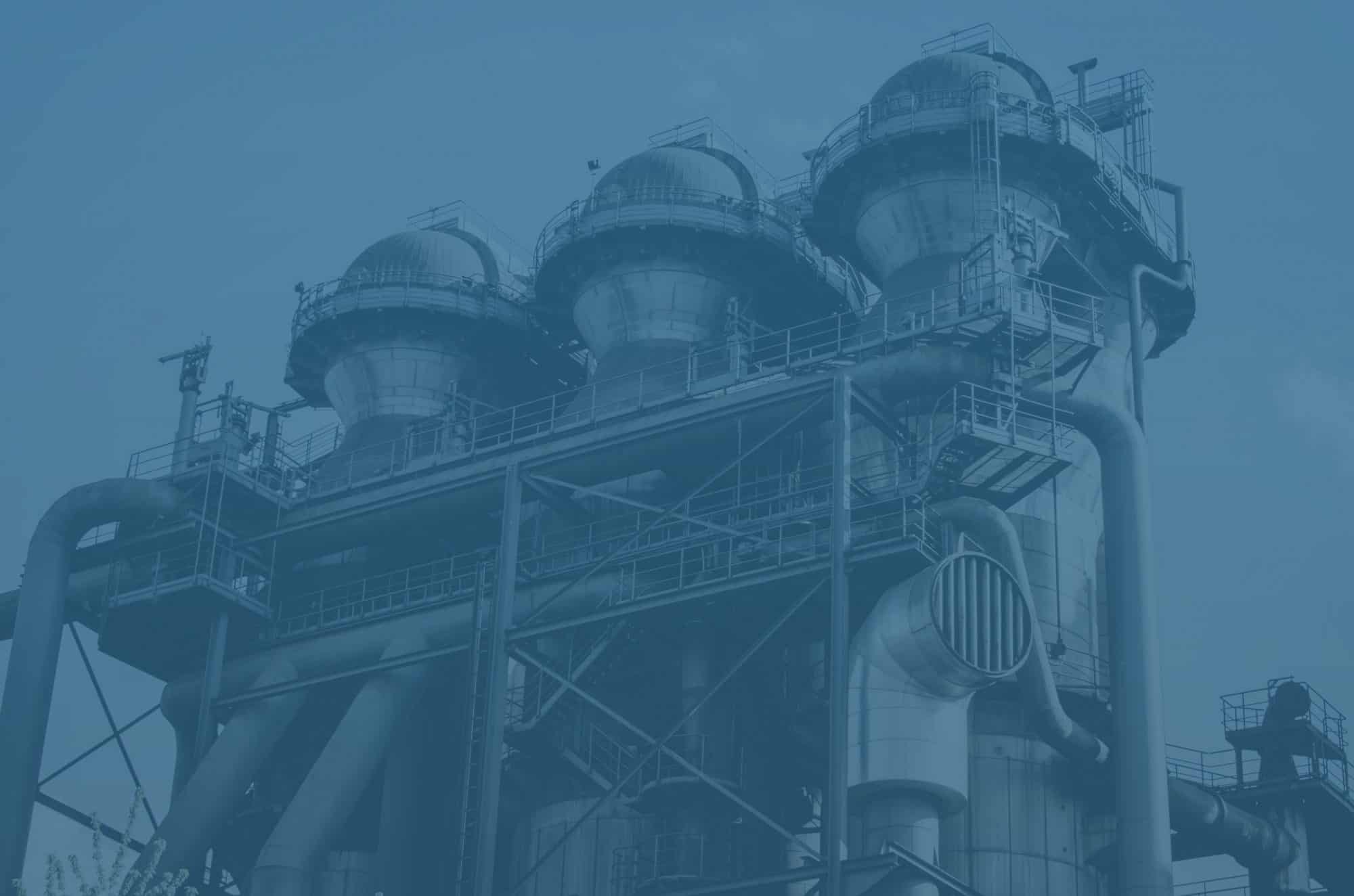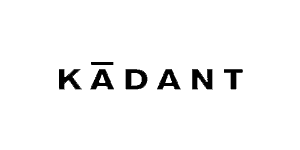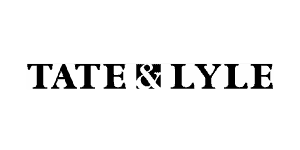The oil and gas industry is under a lot of pressure to be greener and less harmful to the environment. As a result, producers need to look at a number of different aspects of their operations. Flaring and venting are particularly crucial as they can release greenhouses gases and generate a lot of noise. We want to have a closer look at this today, including guidance from the North Sea Transition Authority, formerly the Oil and Gas Authority. Then, if you need a gas vent silencer, you can speak to us.
What are they?
To begin, let’s look at what the two processes actually are. They have similarities in the fact they both involve the disposal of gas at installations. This can be for routine operations or emergencies.
The big difference is what happens to the gas. Flaring involves igniting it. Typically people favour this because it is seen as safer. In fact, operators in various industries have been using flaring for well over 160 years. Some say it is also better for than environment than releasing unignited gas.
With venting, you release the gas directly into the atmosphere or sometimes underwater. There are some serious safety concerns here. Notably, it can create a lot of noise. In some cases it can require the use of a gas vent silencer to reduce the sound.
Newer guidance
While flaring and venting is necessary, particularly in a safety sense, there is a goal to make the UK oil and gas industry net zero by 2030. As a result, there is a wealth of guidance on how to improve operations and reduce emissions. The North Sea Transition Authority has a great piece from 2021 with details of what operators should do.
The most important thing here is operators should reduce greenhouse gas emissions from flaring and venting as much as reasonably possible. There are a number of ways to do this, including making different uses of the gas. For example, there is re-injection, liquefaction, compression, and storage. The guidance says release and disposal should only be an option if other uses are not feasible.
Another major piece of the guidance is that all new installations should have zero routine flaring or venting of Category A gas. This is streams that occur as a result of the operation of assets at optimum efficiency. The original design of the facility should ensure this is the case. In some cases facility modification may also be necessary. In basic terms, it means there should only be a release of gas for safety critical equipment (Category C).
Do you want experts to design a gas vent silencer?
Ventx is one of the most knowledgeable industrial noise specialists in the UK. We can create silencers for a variety of applications in numerous sectors. This includes oil and gas. We can work with clients at any stage. However, it is advisable to think about it as early as possible. Facility modification and retrofitting is possible generally, but can be more difficult and costly.
So, if you need some help to create a gas vent silencer or other equipment, speak to us. We can provide exceptional solutions.









